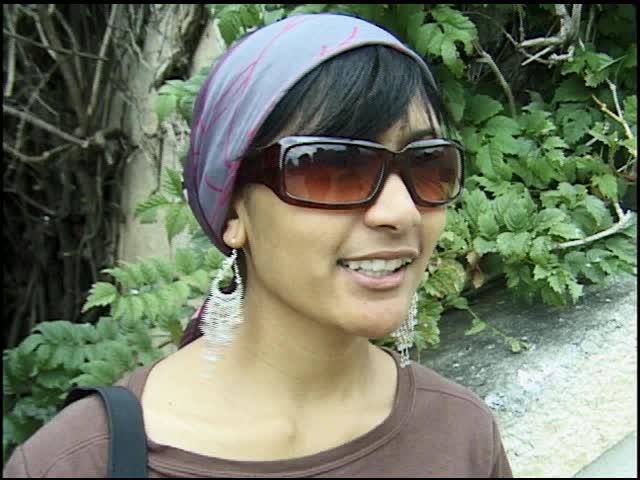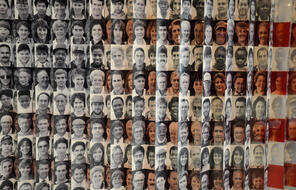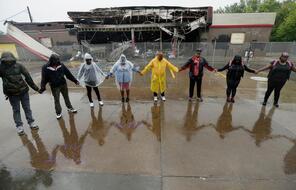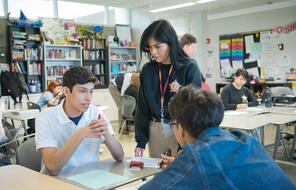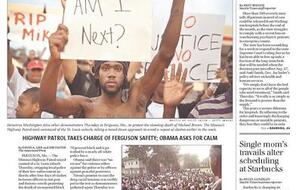
Many Voices, One National Identity
Duration
One 50-min class periodSubject
- Civics & Citizenship
- Social Studies
Grade
7–12Language
English — USPublished
Overview
About this Lesson
The goal of this final lesson is to provide a bridge from the examination of individual identity in prior lessons to the study of the history, literature, or civics of the United States with which students will engage throughout the rest of the year.
Students will start the lesson by considering the idea that nations, like individuals, have identities. They will also consider the relationship between a nation’s identity and the identities of the individuals who comprise that nation. Then they will look at evidence of the changing demographics and increasing diversity of the United States and analyze what that information suggests about the complexity of the country’s national identity. Finally, students will respond to the idea that a cohesive national identity requires knowledge and values shared by all individuals in a nation, and they will consider a variety of ideas about the knowledge and values that unite Americans.
In this lesson, and through the course that follows, students will discover that the identity of the United States is the product of interactions between many different groups, or communities, and many different types of people. Thus, the choices people make about their identities, and the way they live with others, all contribute to the national narrative as well as to the national identity. Students will also discover that, because people with so many different backgrounds have contributed to the identity of the United States, the ways that people think about the United States often vary and sometimes conflict with one another. That tension itself might be part of how one defines American identity.
As students continue to study American history, literature, or civics, they will hopefully be able to recognize some of these themes of identity: the choices, the labels, and the legacies that inform what the United States of America has been and continues to become. More important is the hope that they will be able to recognize their part in the narrative of the United States and their ability to influence the next part of the story.
Lesson Plans
Activities
Materials and Downloads
Quick Downloads
Download the Files
Get Files Via Google
Many Voices, One National Identity
Connecting to the Past
My Part of the Story Assessment Ideas
Unlimited Access to Learning. More Added Every Month.
Facing History & Ourselves is designed for educators who want to help students explore identity, think critically, grow emotionally, act ethically, and participate in civic life. It’s hard work, so we’ve developed some go-to professional learning opportunities to help you along the way.
Exploring ELA Text Selection with Julia Torres
On-Demand

Working for Justice, Equity and Civic Agency in Our Schools: A Conversation with Clint Smith
On-Demand

Centering Student Voices to Build Community and Agency
On-Demand


